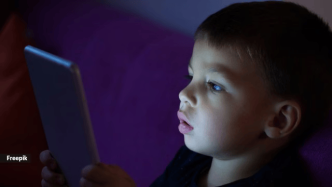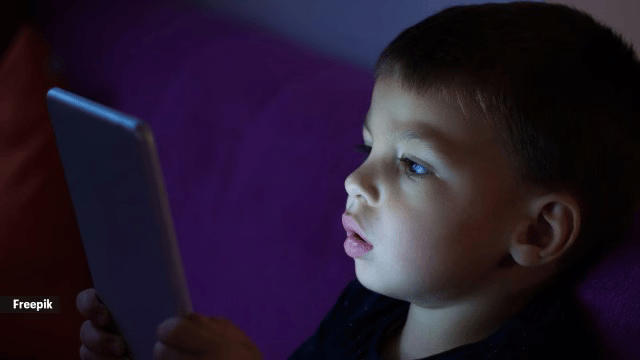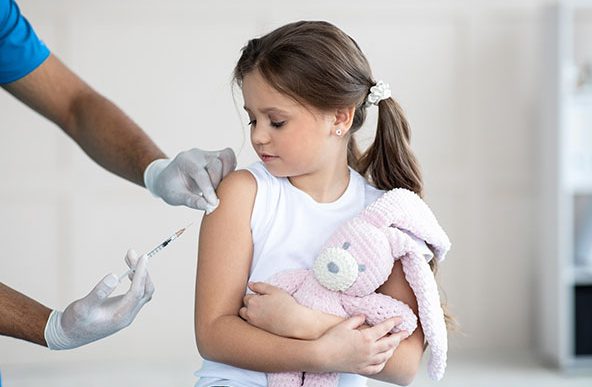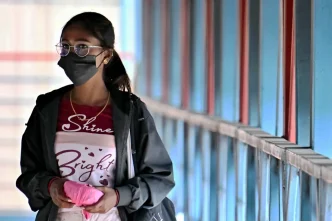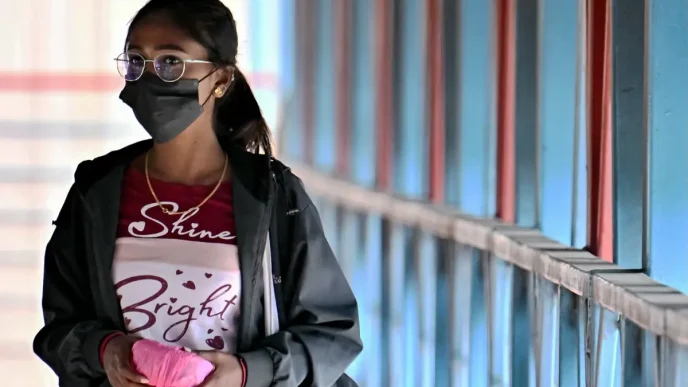In many homes across northern India, toddlers are spending significantly more time in front of screens than experts recommend, often with parents unaware of the developmental risks. A new study published in BMJ Paediatrics Open, based on a survey of 3,624 parents across five Indian states, found that screen exposure among children aged two–five far exceeds the World Health Organization (WHO) guidelines.
“Parents used screen time for their own rest, to carry out household chores, or to pacify their children,” the study noted. Many believed this was beneficial, but the trade-off was clear: reduced verbal interaction, physical activity, and developmental play.
Startling gaps in awareness
Speech and hearing specialist Priyank Bhutani, a co-author of the study and PhD scholar at Tezpur University, said the research was driven by a lack of Indian data on how screen time affects early development. “About 13 per cent of children were getting up to eight hours of screen time daily, and 70–80 per cent of parents didn’t even know what the guidelines were,” he told indianexpress.com.
This stands in stark contrast to World Health Organization guidelines, which recommend zero screen time for children under 2, and no more than one hour of supervised, high-quality content for ages 2–5. Instead, activities like reading or storytelling with a caregiver are encouraged.
“Screens were being used to feed, soothe, and occupy kids,” Bhutani said. “Children with higher screen time were found to engage less in talking with parents and peers, had reduced outdoor play and were less likely to participate in creative activities,” the study mentioned.
When convenience becomes dependency
Bhutani describes screens as “digital helpers” that became indispensable during and after the COVID-19 pandemic. “They became the easiest way to keep children occupied while parents focused on daily responsibilities.”
This resonates with many urban parents. Natasha Puri, a mother of two toddlers aged two and four, admitted, “With two young kids, a job, and trying to protect my mental health, screen time is a crutch. We’re way over the 20-minute recommendation, but it’s the best I can manage.”
Similarly, Ratish Sreekumar, 41, father to two children aged two and five, said: “It started with the intention of augmented learning, but yes, I’d be lying if I said entertainment, convenience and simply keeping him occupied didn’t play a role.”
The invisible developmental losses
What makes this trend particularly concerning is how screens are infiltrating critical learning moments. The damage isn’t just about time spent on screens, it’s about what that time is replacing. “When a child eats while staring at a screen, they’re not experiencing the food –– how it smells, tastes, feels,” Bhutani said. “Gone is the baby talk: ‘Open your mouth, it’s yum!’ There’s no interaction.”
This loss of communication is being seen in clinics. “As a speech and language therapist, I’ve seen a surge in parents reporting delays in speech and language,” Bhutani said.
The underlying issue, he explained, is fundamental: “Language is a learned behaviour. It doesn’t happen automatically. A screen cannot give you two-way communication. You need a social environment to learn.”
The subtle signs parents miss
Mental health professionals are observing similar patterns. Dr Sakshi Mehrotra, an existential humanistic therapist and founder of Mindlogs, noted a rise in toddlers with “delayed speech, reduced eye contact, poor frustration tolerance, and difficulties engaging in imaginative play or independent exploration, all foundational to healthy emotional and cognitive development.”
“Often, these signs get misread —– parents might assume the child is just shy or independent,” she said. “Reduced curiosity or playfulness – the child preferring passive screen time over exploring toys, nature, or social spaces – difficulty tolerating boredom, meltdowns when the screen is turned off, inability to self-soothe without digital distraction are all red flags.”
Counselling psychologist Rajvi Turakhia describes this as “digital dysregulation.” Children exposed to fast-paced screen content become desensitised to normal stimuli. “The brain begins craving the dopamine hit of quick cuts, loud sounds, and instant gratification. Once the screen’s off, regular life feels boring or even frustrating.”
Real parents, real struggles
Many parents are aware of the risks but feel stuck. Neha Popli Dhamija, a teacher and mother of a 4-year-old, said, “My daughter started mimicking cartoon characters and behaving like them. That’s when I cut back and focused on play instead. It made a big difference in her mood and attention span.” She also said, “In hindsight, too much screen time hindered development, not just for my daughter but many kids around. I’ve seen cases where children face speech delays or show signs of autism linked to excessive screen exposure.”
Abhilasha Daga, mother of a 3-year-old, said, “On high screen time days, he’s more irritable, less responsive, and harder to settle at bedtime. It’s like he’s overstimulated.”
For Sreekumar, the effects were behavioural. “My 2-year-old becomes more stubborn and unruly after screen time, so we’ve started capping it and being more selective about the content.”
The content conundrum
The study found that what children watch is just as important as how long they watch. The WHO guidelines specify that even the permitted hour for two-five year olds should be “assisted”. Bhutani stressed that screen time must be interactive and supervised. “It should be co-viewed, not passive,” he said. “We must pay attention to both duration and content.”
Puri noted changes in her son’s behaviour depending on what he was watching. “He was more aggressive when watching angry dinosaurs. I had to ban that content.”
The information gap
Despite widespread awareness that excessive screen time isn’t ideal, parents consistently report a lack of practical, accessible guidance. “I don’t think there’s enough clear or accessible guidance for Indian parents. Most information is either too technical or hidden behind paywalls/paid subscribers. There’s also a lot of conflicting advice online,” said Abhilasha.
This echoes the research findings. “There’s a huge gap,” Bhutani said, adding, “There should be an Indian-based, Indian context on Indian data guidelines. And there should be programmes to train parents what to do if you’re not giving a screen.”
Turakhia said, “There’s a serious lack of accessible, non-judgemental psychoeducation for parents. Many don’t have the information they need to make informed choices or aren’t sure what realistic alternatives look like.”
A call for support, not shame
Mental health professionals stressed that addressing this issue requires understanding, not condemnation. “Parents are doing their best with limited tools,” said Dr Mehrotra. “Many believe that educational apps compensate for real-life interaction, but they don’t.”
Turakhia points out that modern parenting is uniquely challenging. “Dual-income homes, limited support, and digital distractions have reshaped the parenting landscape. Rather than strict prohibitions, we need small, sustainable shifts –– like screen-free meals, bedtime routines, or co-viewing on weekends.”
Is there still some hope?
The good news is that it’s not too late. “Children’s brains are incredibly plastic in the early years,” Turakhia explained. “Even small changes can yield significant improvements –– if parents have the right tools.”
Bhutani emphasises the bigger picture. “If this continues unchecked, screen exposure could become a public health crisis. We need awareness campaigns, government-led initiatives, and most importantly, support for parents who want to do better but don’t know how.” He also said, “Most parents know there’s a problem. They’re not in denial, they just need help navigating it.”
As India continues its digital transformation, the goal, experts agreed, is to help families make informed choices. The challenge isn’t to eliminate screens entirely but to find a sustainable balance. “It’s about slowly reclaiming space for shared, screen-free moments that nurture both parent and child,” Dr Mehrotra said.
